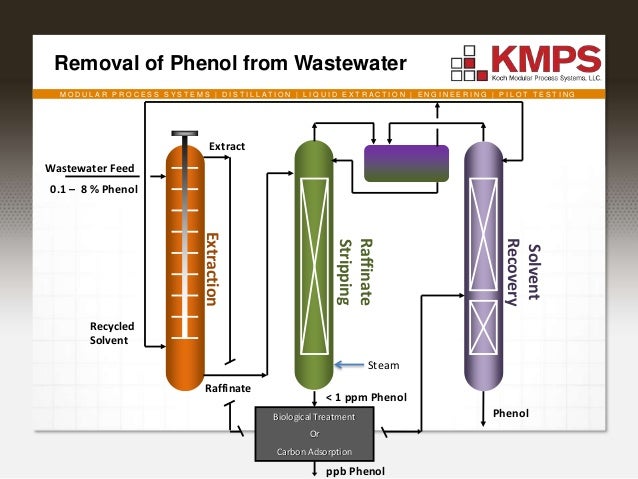


In spite of the high pre-concentration capacities of liquidliquid extraction, it suffers from a number of limitations including time and effort consumption, large organic solvent utilization, and poor performance in highly polar analytes. The extract can be included in the extraction matter in solid or liquid form. Liquid-liquid extraction is a widely used technique of sample preparation in biomedical analysis. Solid-liquid-extraction The principle for the solid-liquid extraction is that the soluble compounds of a solid matter, existing of an inert matrix and the active agent, are extracted by a solvent. Pulsating Sieve Tray or Packed Columns Extraction Systems Pulsating extraction columns are operated continuously countermovement-wise for a very intensive mixing of the liquid phases.The main application is for micro extractions with small throughputs for expensive solvents. This extraction method is preferably applied for small quantities due to their low column laod and hold up.This type of extraction is especially applicable for preliminary experiments for the scale up of the parameters received.There are three different procedures known as It is an extraction of a substance from one liquid phase into another liquid phase. Liquid-liquid extraction A mixture of two immiscible liquids is feeded with a solvent to separate one or several compounds. Both extraction types are based on the same principle, the separation of compounds, based on their relative solubilities in two different immiscible liquids or solid matter compound. There are two types of extraction, liquid-liquid extraction also known as solvent extraction as well as solid-liquid extraction.


 0 kommentar(er)
0 kommentar(er)
